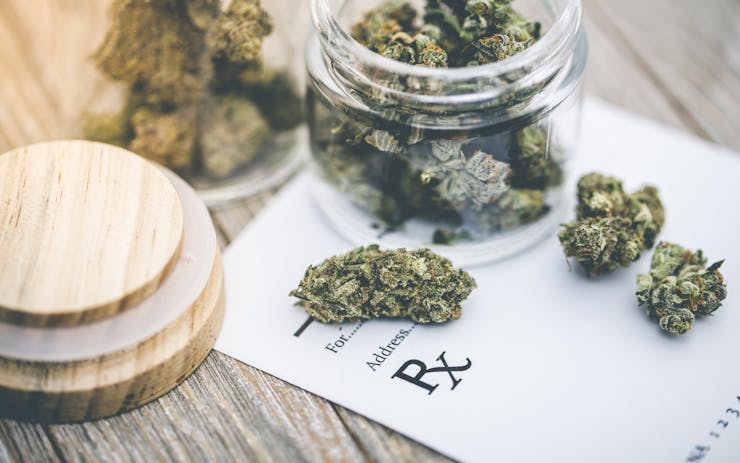“I use medical marijuana to relieve my arthritis symptoms.”
“Medical marijuana was legalized in California in 1996.”
What is medical marijuana?
Medical marijuana is cannabis used specifically for medical purposes. It’s no different from recreational marijuana in chemical content or composition, but the consumer selects strains and products with the intent to treat their specific symptoms.
Many states and some countries have legalized cannabis for medical use, meaning they allow an individual to access cannabis if they obtain an authorization from a health professional. The qualifying medical conditions approved for cannabis use varies from state to state and between countries.
Benefits of medical marijuana
Medical marijuana can help alleviate symptoms of many different illnesses and conditions, however, it’s important to note that not all cannabis is equal. Most varieties of cannabis are high in THC, which is preferred for certain symptoms like insomnia, nausea, and appetite loss. Other varieties and products may contain only CBD, a non-intoxicating compound in cannabis commonly preferred for treating anxiety, inflammation, and seizures. Some patients prefer a balanced mix of both CBD and THC. When selecting a cannabis strain or product for medical use, it’s important to determine which cannabinoid (THC, CBD, a combination, etc.) works best for you.
Some common qualifying conditions for medical marijuana include:
- Pain
- Nausea/vomiting
- Cachexia/wasting syndrome
- Cancer
- Epilepsy and seizure disorders
- Multiple sclerosis
- Posttraumatic stress disorder (PTSD)
- HIV/AIDS
- Neurodegenerative disease (i.e., ALS, Alzheimer’s, Parkinson’s)
- Glaucoma
While the above are common conditions that states/countries have identified as reasonable qualifiers for medical cannabis, the list of symptoms and conditions cannabis may treat is far longer.
Shop highly rated dispensaries near you
Showing you dispensaries nearDifference between medical and recreational marijuana
The difference between medical and recreational (aka adult-use) cannabis is only in intent of use. In other words, there is no distinction in chemical content or composition that delineates a clear border between the two. Medical cannabis is used with the primary intent to alleviate medical symptoms, and recreational cannabis is primarily used for personal enjoyment.
The line between medical and recreational is mainly political—in other words, the argument is that people should have access to cannabis only out of medical necessity and the plant should remain illegal for everyone else. Even in places that have legalized both medical and recreational cannabis, there are still regulatory differences between the two. For example, some states in the US allow medical patients to possess larger quantities of cannabis than adults without a medical authorization.
There is a common misconception that CBD is for medical use and THC for recreational use, however, this is not at all true. THC may deliver euphoric effects that consumers enjoy, but it can also provide unique medical benefits like nausea and insomnia relief. CBD is non-intoxicating, but is enjoyed by casual consumers who prefer relieving stress without the high.
